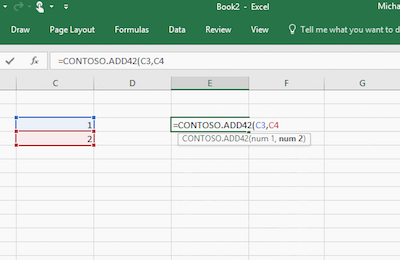

While Mini DisplayPort only allows for connections from your computer to a display, Thunderbolt goes well beyond that, allowing you to connect other Thunderbolt enabled devices such as docking stations, hard drive enclosures and RAID enclosures. The case for Thunderbolt: more connections However, a Mini DisplayPort enabled device will not function when connected to a Thunderbolt display or docking station. Computers with a Thunderbolt connector (usually designated with the Thunderbolt Logo – a lightning bolt shaped arrow), will function when connected to either Thunderbolt or Mini DisplayPort display, provided you are using a cable matching the technology of the display. *This diagram refers to Thunderbolt 1 & 2 onlyĬlearly, there are some cases where the two technologies will work well together, but there are nearly two times as many combinations that will not. The image below shows which combinations of Thunderbolt (TB Cable) and Mini DisplayPort (DP Cable) will (green) and will not (red) work together.

Thunderbolt is fully compatible with Mini DisplayPort peripherals, and the new port is backward compatible, therefore it can still be used to connect to DisplayPort devices, BUT, only the new port can be used to connect to Thunderbolt devices. This is because both Thunderbolt and Mini DisplayPort use an identical connector, and the only difference is that the Thunderbolt connector can carry (in addition to the Mini DisplayPort), a Thunderbolt signal, which is a PCI-Express. If Thunderbolt 1 & 2 is Mini DisplayPort, Mini DisplayPort must also be Thunderbolt? Right? Wrong! There is a lot of confusion around Thunderbolt, Mini DisplayPort and connectivity.


 0 kommentar(er)
0 kommentar(er)
